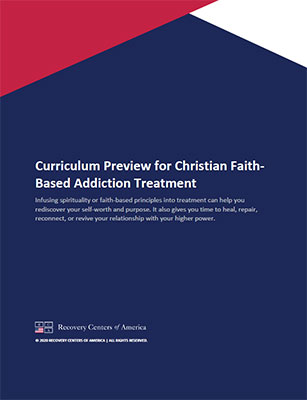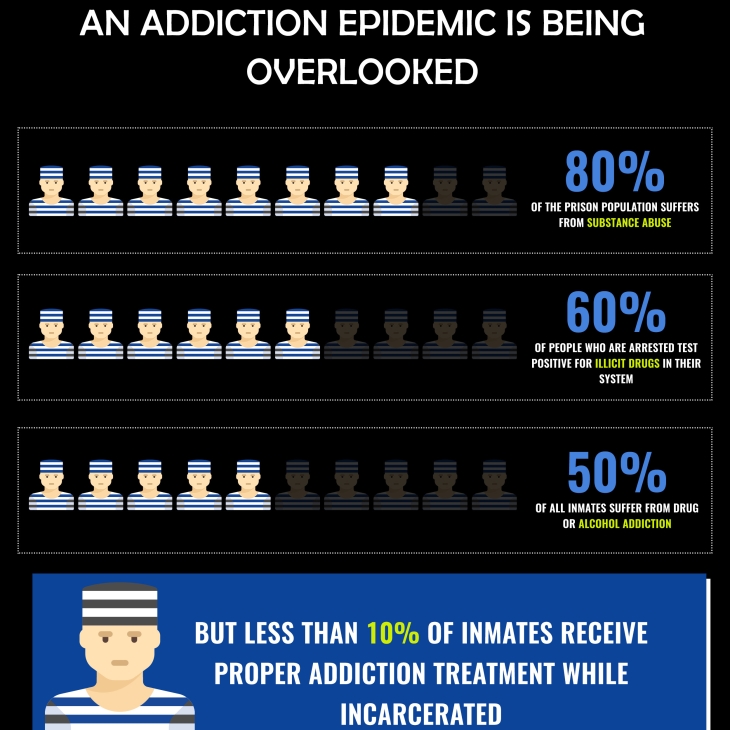Table of ContentsGetting My Treatment Approaches For Drug Addiction Drugfacts ... To WorkThe Definitive Guide to Drug Addiction Management And Treatment - Cleveland ClinicThe Basic Principles Of Treatment Approaches For Drug Addiction - Burning Tree
To this end, a 1957 research study compared the relative effectiveness of 3 different psychotherapies in dealing with alcoholics who had actually been dedicated to a state healthcare facility for sixty days: a treatment based on two-factor knowing theory, client-centered therapy, and psychoanalytic therapy. Though the authors anticipated the two-factor theory to be the most efficient, it in fact proved to be negative in the result.
It has actually been argued, however, these findings might be attributable to the extensive distinction in therapist outlook in between the two-factor and client-centered methods, rather than to client-centered strategies. The authors keep in mind two-factor theory involves plain disapproval of the clients' "illogical habits" (p. 350); this especially negative outlook might discuss the results.
Called Client-Directed Outcome-Informed therapy (CDOI), this method has actually been made use of by several drug treatment programs, such as Arizona's Department of Health Solutions. Psychoanalysis, a psychotherapeutic method to habits modification developed by Sigmund Freud and customized by his fans, has actually also used an explanation of compound abuse. This orientation suggests the main reason for the dependency syndrome is the unconscious need to captivate and to enact different sort of homosexual and perverse fantasies, and at the very same time to avoid taking duty for this.
The addiction syndrome is also hypothesized to be associated with life trajectories that have happened within the context of teratogenic processes, the phases of which consist of social, cultural and political aspects, encapsulation, traumatophobia, and masturbation as a form of self-soothing. Such an approach depends on plain contrast to the methods of social cognitive theory to addictionand undoubtedly, to behavior in generalwhich holds humans to regulate and manage their own environmental and cognitive environments, and are not merely driven by internal, driving impulses.
An influential cognitive-behavioral method to addiction healing and therapy has been Alan Marlatt's (1985) Relapse Prevention technique. Marlatt describes 4 psycho-social procedures pertinent to the dependency and relapse procedures: self-efficacy, result expectancy, attributions of causality, and decision-making processes. Self-efficacy refers to one's ability to deal properly and efficiently with high-risk, relapse-provoking circumstances.
Attributions of causality describe a person's pattern of beliefs that regression to drug use is a result of internal, or rather external, transient causes (e.g., permitting oneself to make exceptions when faced with what are judged to be unusual situations). Finally, decision-making procedures are implicated in the regression procedure as well.

The Main Principles Of Overcoming Drug Addiction - Helpguide.org
In addition, Marlatt worries some decisionsreferred to as apparently unimportant decisionsmay seem inconsequential to relapse, but might really have downstream implications that put the user in a high-risk situation. For example: As a result of heavy traffic, a recuperating alcoholic might choose one afternoon to leave the highway and travel on side roadways.
If this individual has the ability to use successful coping strategies, such Substance Abuse Center as sidetracking himself from his cravings by switching on his preferred music, then he will avoid the regression danger (PATH 1) and increase his efficacy for future abstinence (where to get treatment in uk for drug addiction). If, however, he lacks coping mechanismsfor instance, he might start ruminating on his yearnings (PATH 2) then his efficacy for abstaining will decrease, his expectations of positive results will increase, and he might experience a lapsean separated return to compound intoxication.
This is a harmful path, Marlatt proposes, to full-blown regression. An extra cognitively-based model of substance abuse healing has been offered by Aaron Beck, the father of cognitive therapy and championed in his 1993 book Cognitive Treatment of Substance Abuse. This treatment rests upon the presumption addicted people have core beliefs, frequently not available to instant awareness (unless the client is likewise depressed).

As soon as yearning has actually been activated, liberal beliefs (" I can manage getting high just this one more time") are helped with. Once a liberal set of beliefs have been triggered, then https://postheaven.net/reiddazip7/b-table-of-contents-b-a-kfcs the person will activate drug-seeking and drug-ingesting habits. The cognitive therapist's task is to discover this underlying system of beliefs, evaluate it with the client, and therefore demonstrate its dysfunction.
Considering that nicotine and other psychedelic substances such as cocaine activate comparable psycho-pharmacological pathways, an emotion guideline technique might apply to a large variety of compound abuse. Proposed models of affect-driven tobacco use have focused on unfavorable support as the primary driving force for addiction; according to such theories, tobacco is used due to the fact that it assists one escape from the unwanted results of nicotine withdrawal or other negative moods.
Mindfulness programs that encourage clients to be familiar with their own experiences in today minute and of feelings that emerge from thoughts, appear to avoid impulsive/compulsive responses. Research study likewise shows that mindfulness programs can decrease the consumption of substances such as alcohol, cocaine, amphetamines, marijuana, cigarettes and opiates. For example, somebody with bipolar disorder that experiences alcoholism would have dual medical diagnosis (manic depression + alcohol addiction).
Little Known Questions About Drug Addiction Management And Treatment - Cleveland Clinic.
According to the National Survey on Substance Abuse and Health (NSDUH), 45 percent of individuals with addiction have a co-occurring mental health disorder. Behavioral models use principles of functional analysis of drinking habits. Habits models exist for both working with the substance abuser (community reinforcement approach) and their household (neighborhood support method and household training).
This design lays much emphasis on using problem-solving methods as a way of assisting the addict to overcome his/her addiction. Despite continuous efforts to fight addiction, there has actually been evidence of centers billing patients for treatments that might not guarantee their recovery. This is a significant issue as there are many claims of scams in drug rehab centers, where these centers are billing insurance provider for under providing much needed medical treatment while stressful clients' insurance coverage benefits.
Under the Affordable Care Act and the Mental Health Parity Act, rehabilitation centers are able to expense insurance provider for drug abuse treatment. With long wait lists in limited state-funded rehab centers, controversial personal centers quickly emerged. One popular model, referred to as the Florida Design for rehabilitation centers, is typically criticized for deceptive billing to insurer.